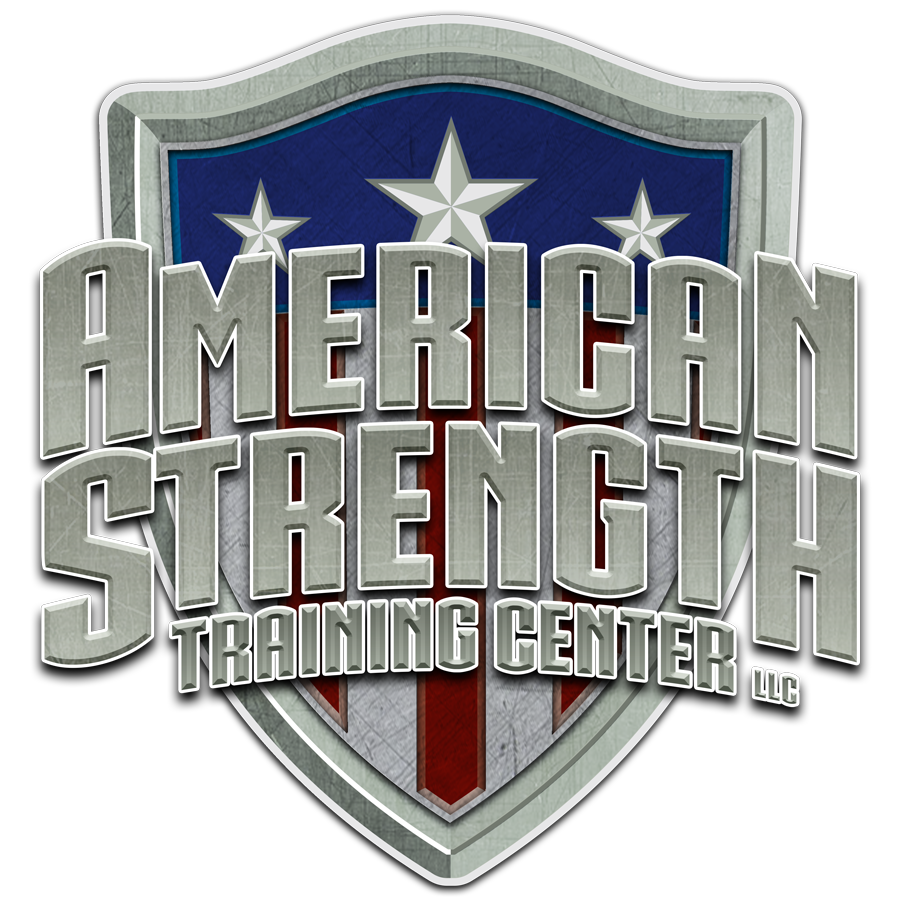Thoracic Spine and Low Back Mobility: The Core of Your Movement
Mobility in the thoracic spine and lower back is essential for strength, stability, and efficient movement. At American Strength, we prioritize assessing and improving mobility in these areas to support our members’ overall performance, posture, and injury prevention. Here’s why these areas matter and how they fit into our coaching philosophy.
What is Thoracic Spine and Low Back Mobility?
The thoracic spine (mid-back) and lower back (lumbar spine) are central to your body’s ability to move efficiently and maintain stability. Thoracic spine mobility refers to the ability to rotate, extend, and flex in the mid-back, while lower back mobility relates to the controlled movement of the lumbar spine. Together, these regions create the foundation for safe and effective movement patterns.
Your thoracic spine is designed to flex, extend, and rotate. Unfortunately, many people lose this range of motion due to sedentary lifestyles, poor posture, or lack of targeted movement. This loss can significantly impact functional strength, posture, and athletic performance, making thoracic spine mobility a priority for both lifting and daily activities.
Why Thoracic Spine and Low Back Mobility are Important
Mobility in these areas impacts your entire body, playing a critical role in:
Posture: Thoracic spine mobility helps maintain an upright posture, reducing strain on the shoulders and neck.
Core Stability: A mobile yet stable lower back supports proper alignment and protects against injuries.
Efficient Movement: From deadlifts to overhead presses, these areas provide the rotational and extension capacity needed for proper form.
Injury Prevention: Restricted mobility can force compensations in other areas, leading to overuse injuries or chronic pain.
Why We Focus on Thoracic Spine and Low Back Mobility at American Strength
As part of our coaching approach, we evaluate the thoracic and lumbar spine during your initial assessment. Here’s why:
Performance Optimization: A mobile thoracic spine enhances shoulder mechanics, critical for movements like presses and pulls.
Injury Mitigation: Addressing limitations early prevents compensations, particularly in the lower back, during heavy lifts.
Foundational Strength: Mobility in these areas underpins nearly every movement pattern, from squats to overhead lifts.
At American Strength, our goal is not only to address issues when they arise but also to build a foundation for lifelong, pain-free movement.
What Restricts Thoracic Spine and Low Back Mobility?
Several factors can limit mobility in these areas, including:
Prolonged Sitting: Hours spent hunched over a desk can stiffen the thoracic spine and weaken the core.
Poor Posture: Rounded shoulders and forward head posture restrict thoracic extension.
Weak Core Muscles: Without adequate core strength, the lumbar spine may lose stability.
Lack of Movement: Daily routines that lack rotation or extension can reduce mobility over time.
Signs of Poor Thoracic Spine and Low Back Mobility
Not sure if you’re experiencing mobility issues? Common signs include:
Difficulty maintaining an upright chest during squats or deadlifts.
Limited overhead range of motion due to restricted thoracic extension.
Persistent lower back discomfort or tightness.
Trouble rotating through the torso, especially during functional movements or sports.
If any of these sound familiar, it’s time to prioritize mobility in these areas.
The Role of Mobility in Lifting and Daily Life
Thoracic and lower back mobility are crucial for:
Lifting Mechanics: Ensuring proper alignment and reducing strain on the spine during heavy lifts.
Functional Strength: Supporting everyday activities like bending, reaching, or twisting.
Postural Support: Preventing compensatory patterns that lead to chronic pain or discomfort.
For example, a restricted thoracic spine can compromise shoulder movement, affecting overhead lifts and rotational exercises. Similarly, poor lumbar spine stability can lead to lower back pain during movements that involve flexion or extension.
Building Resilient Spines at American Strength
Our philosophy at American Strength is to create strong, resilient athletes who move well and feel great. Improving thoracic and lower back mobility is a cornerstone of this approach. Through our coaching, we help members identify and address limitations, ensuring they can train safely and effectively.
Take the Next Step
Are you ready to improve your thoracic and lower back mobility? Schedule an initial assessment with our experienced coaches or join one of our ongoing monthly group mobility clinics. Whether you’re looking to enhance your performance, alleviate discomfort, or build a foundation for long-term movement, we’re here to help you achieve your goals.
